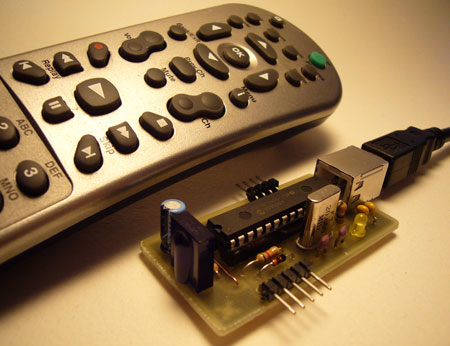
We’ve already brought you a homemade Twitter-enabled washing machine, and toilet, but now a new innovation is being brought to the table by a bigger player. IBM is working on a tweeting television remote, which would allow the user to inform the world what they are watching. Although unfiltered reporting could create awkward situations, the combination of America’s love for television and Twitter is sure to yield interesting results. They also mentioned that it could be configured to report to other sites, such as Facebook or joost. Any ideas why IBM would have in such a patent are welcome in the comments. More info can be found here and here.













